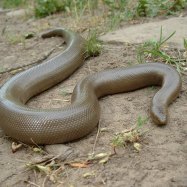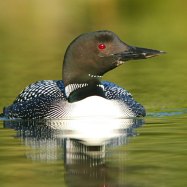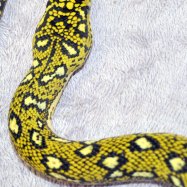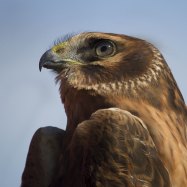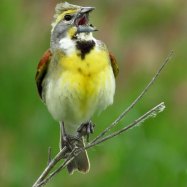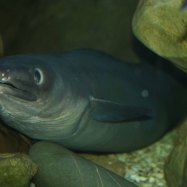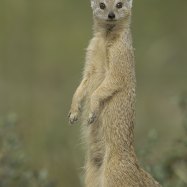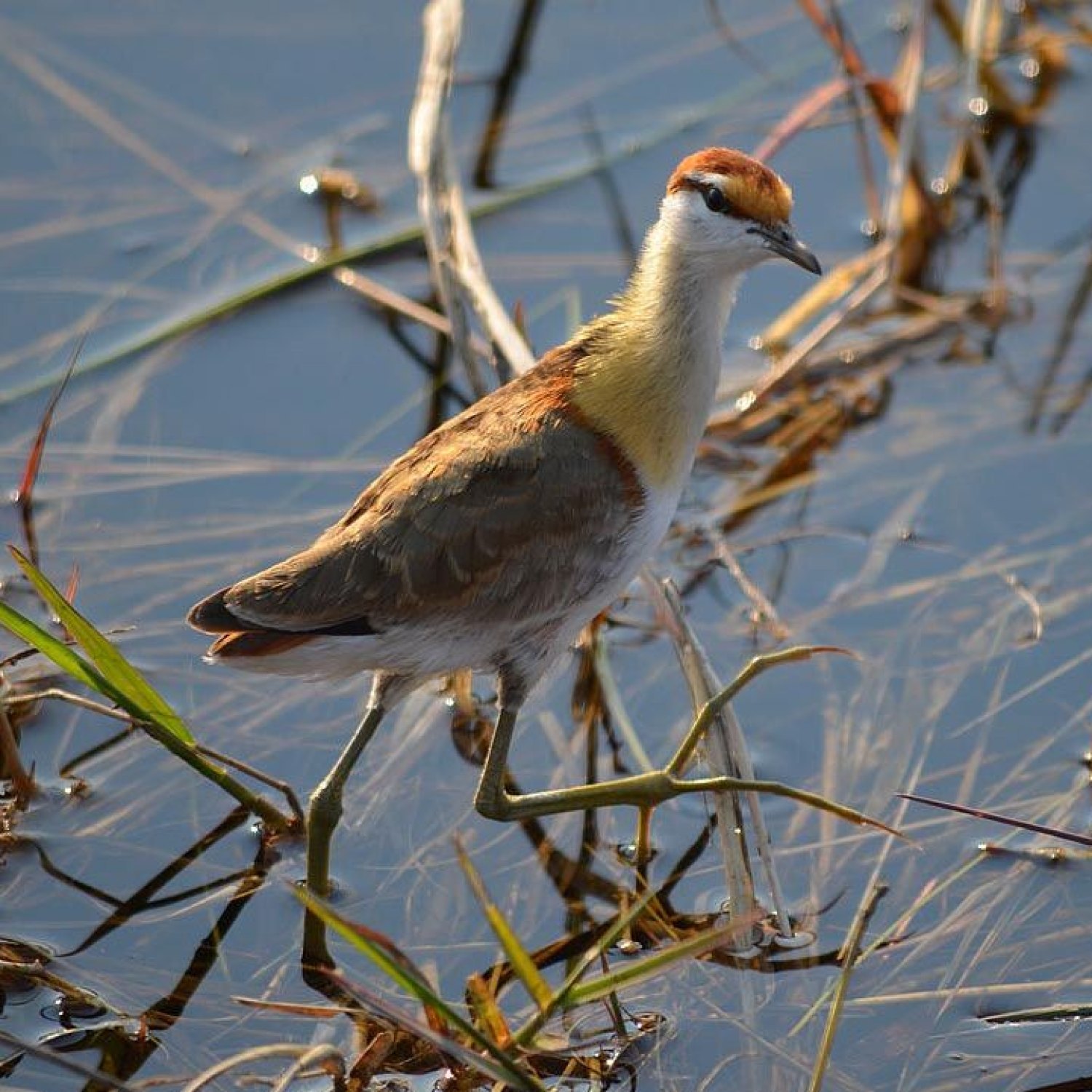
Lesser Jacana
About 24 cm (9.4 inches)
Lesser Jacanas are small and compact birds with long legs and toes, making them skilled at walking on floating vegetation in wetlands. They are primarily found in lakes, rivers and floodplains. At only about 24cm, these feathered friends are perfect for birdwatching in their natural habitats. Check out the Jacanidae family and get ready to spot these adorable creatures! #lesserjacana #wetlandbirds #birdwatching
Animal Details Summary:
Common Name: Lesser Jacana
Kingdom: Animalia
Habitat: Wetlands, marshes, and swamps
The Lesser Jacana: A Marvel of Adaptability and Grace
The world of avian life is filled with a diverse range of remarkable creatures, each with its unique characteristics and habits. One such fascinating species is the Lesser Jacana, a small but incredibly adaptable bird found in various wetland habitats across the African continent.Known scientifically as Microparra capensis, the Lesser Jacana belongs to the class Aves and the family Jacanidae, making it closely related to other popular waterbirds like the plovers and the sandpipers. The bird is a true testament to the beauty and resilience of nature, adapted to thrive in some of the most challenging environments Lesser Jacana.
A Home in Wetlands
Wetlands are critical ecosystems that play a fundamental role in maintaining the delicate balance of our planet's natural systems. These unique habitats, characterized by an abundance of water and rich biodiversity, are home to a diverse range of flora and fauna, including the Lesser Jacana.This bird is primarily found in wetland habitats, including lakes, rivers, and floodplains, where it is most at home. It is a common sight in countries across Africa, south of the Sahara, where it roams freely in search of food and a safe place to mate and raise its young.
The Lesser Jacana's Diet
Feeding is a vital aspect of an animal's life, and the Lesser Jacana is no exception. This bird's diet mainly consists of aquatic plants and small invertebrates, which it forages for in the shallow waters of its wetland habitat. Its long legs and toes, which allow it to move effortlessly on lily pads and other floating vegetation, make it an efficient hunter.The Lesser Jacana's feeding behavior is quite remarkable, making use of its long, curved beak to probe the water for insects and small invertebrates. The bird can often be seen delicately balancing on floating plants while picking its food from the water's surface, a testament to its grace and balance Lamancha Goat.
A Small Wonder of Nature
The Lesser Jacana may be small, but it is filled with unique features that make it stand out in the avian world. Its compact, yet agile body, allows it to move swiftly across the water's surface, earning it the nickname "Lily Trotter" or "Lotus Bird." At just 24 cm (9.4 inches) long, it is a marvel of nature, perfectly designed for life in its wetland home.The bird's black plumage, combined with a chestnut-colored body, makes for a striking sight against the lush green backdrop of a wetland. Its long, slender legs and toes, perfect for navigating the water's surface, are another defining feature that sets it apart from its avian counterparts.
Adapting to Change
One of the most intriguing aspects of the Lesser Jacana is its remarkable ability to adapt to changing environments. This bird has been known to change its foraging habits, feeding on different food sources, depending on the season and the availability of food.Moreover, the Lesser Jacana has also been observed building its nests on floating vegetation, a clear adaptation to the waterlogged conditions of its wetland habitat. This remarkable ability to adjust to its surroundings is essential for its survival, making it a true symbol of resilience and adaptability.
Conserving the Lesser Jacana
Despite its incredible adaptability, the Lesser Jacana is facing several threats that put its population at risk. Habitat destruction, pollution, and illegal poaching are some of the significant factors that have led to a decline in its numbers in recent years.As a result, several conservation efforts are currently underway to protect and preserve this delicate species. These efforts include the protection and restoration of wetland habitats, as well as educating local communities on the importance of conserving biodiversity.
A Bird to be Admired
In conclusion, the Lesser Jacana is undoubtedly a bird to be admired. From its striking appearance and remarkable feeding habits to its adaptability to change, this avian marvel has captured the attention and admiration of many. Its presence in African wetlands is a reminder of the delicate balance of nature and the importance of preserving our planet's diverse ecosystems and the creatures that call them home. Let us all do our part in protecting and preserving the Lesser Jacana and all other forms of life on Earth, for our sake and that of future generations.

Lesser Jacana
Animal Details Lesser Jacana - Scientific Name: Microparra capensis
- Category: Animals L
- Scientific Name: Microparra capensis
- Common Name: Lesser Jacana
- Kingdom: Animalia
- Phylum: Chordata
- Class: Aves
- Order: Charadriiformes
- Family: Jacanidae
- Habitat: Wetlands, marshes, and swamps
- Feeding Method: Forages on aquatic plants and small invertebrates
- Geographical Distribution: Africa, south of the Sahara
- Country of Origin: Found in several African countries
- Location: Primarily found in wetland habitats, including lakes, rivers, and floodplains
- Animal Coloration: Mainly black with a chestnut-colored body
- Body Shape: Small, compact body with long legs and toes
- Length: About 24 cm (9.4 inches)
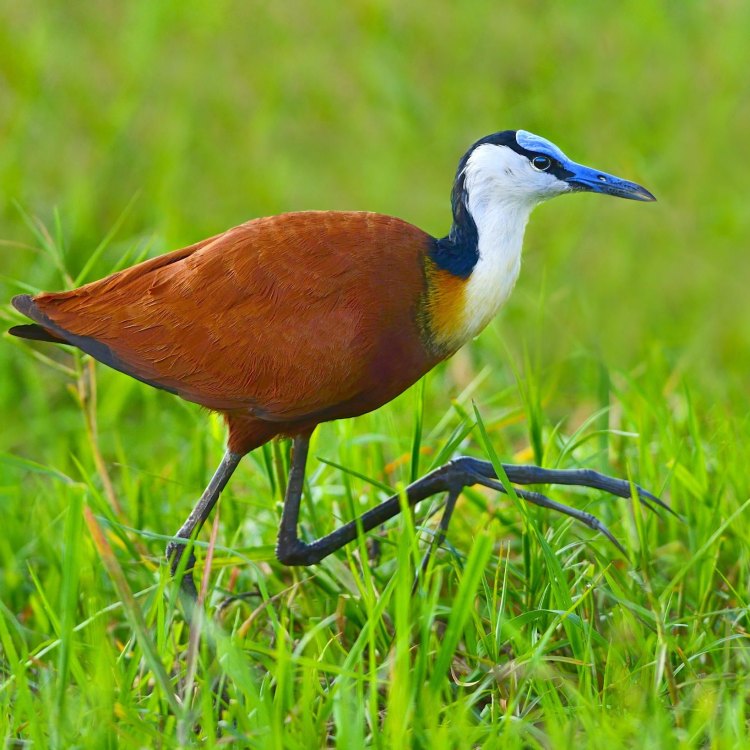
Lesser Jacana
- Adult Size: Small-sized bird
- Average Lifespan: Unknown
- Reproduction: Nest on floating vegetation or build nests on the ground
- Reproductive Behavior: Polyandrous breeding system
- Sound or Call: Vocalizations include a variety of calls and alarm sounds
- Migration Pattern: Resident species with some population movements
- Social Groups: Often seen in small groups or pairs
- Behavior: Walks on floating vegetation and lily pads
- Threats: Habitat loss and degradation
- Conservation Status: Least Concern
- Impact on Ecosystem: Contribute to the distribution of aquatic plants and invertebrates
- Human Use: Not commonly used by humans
- Distinctive Features: Long, thin toes and sharp claws for walking on floating vegetation
- Interesting Facts: The female Lesser Jacana is larger and more colorful than the male
- Predator: Various predators, including birds and mammals
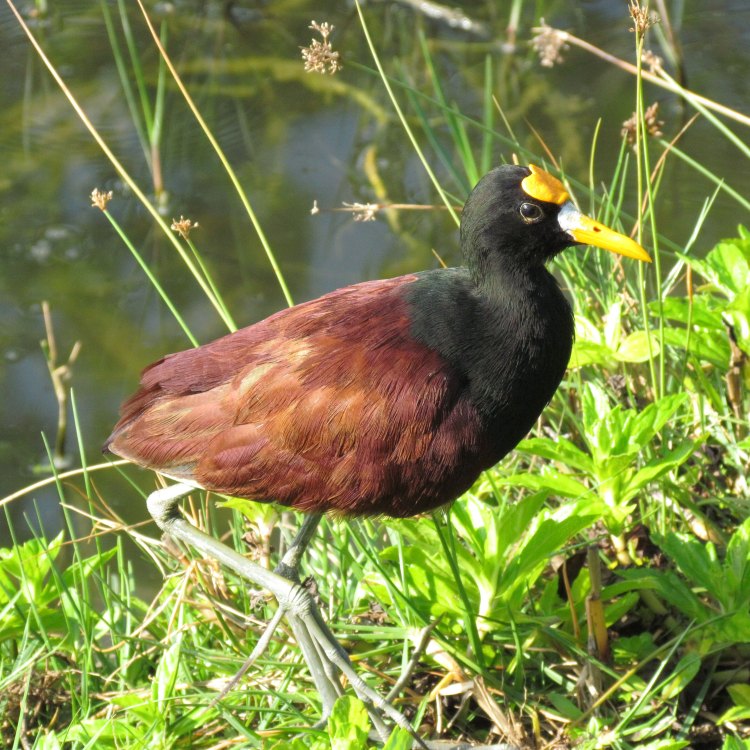
Microparra capensis
The Fascinating Lesser Jacana: A Tiny Bird with a Big Impact on the Ecosystem
In the vast and diverse world of bird species, the Lesser Jacana stands out for its unique characteristics and important role in the ecosystem. This small-sized bird may not be as popular as some of its more colorful and larger cousins, but it certainly holds its own when it comes to contributing to the delicate balance of nature.The Lesser Jacana, also known as the 'Lily-trotter', is a waterbird found in the wetlands and marshy areas of Africa, Asia, and Australia. Its scientific name, Microparra capensis, translates to 'tiny little bird' and is a fitting description for this species PeaceOfAnimals.Com. The adult Lesser Jacana is only 7 to 8 inches long and weighs an average of 2.1 ounces, making it one of the smallest birds in the world.
Despite its diminutive size, the Lesser Jacana has some fascinating features that make it stand out from other birds. Its distinctive long, thin toes and sharp claws are specially adapted for walking on floating vegetation and lily pads. This unique ability allows the bird to access food and nesting areas that are inaccessible to other birds, making it a highly efficient forager. In fact, the Lesser Jacana has been observed gliding effortlessly on water lilies as it searches for food, earning it the nickname 'Lily-trotter'.
The Lesser Jacana's average lifespan is unknown, but it is believed to have a relatively short lifespan due to its small size and vulnerability to predators. However, these birds make the most of their time by playing a vital role in the ecosystem.
Reproduction is an essential aspect of a species' survival, and the Lesser Jacana has developed some interesting behaviors when it comes to breeding Leonberger. These birds practice a unique breeding system called polyandry, where one female mates with multiple males. The male birds take the responsibility of incubating the eggs and raising the young, while the female moves on to find another mate. This behavior may seem unusual, but it helps the species to overcome the low survival rates of their chicks and maintain a stable population.
The breeding season of Lesser Jacanas varies depending on their location. In some areas, they nest on floating vegetation, while in others, they build their nests on the ground. The nests are carefully constructed by the males using grass and vegetation to create a platform above the water. This not only protects the eggs and chicks from predators but also keeps them safe from floods.
The vocalizations of Lesser Jacanas are another unique aspect of their behavior. These birds have a wide range of calls, including a harsh alarm call, a squeaky trill, and a rolling series of notes. They also make a 'whit' sound while foraging, possibly to communicate with their mates or alert other birds in the area.
Lesser Jacanas are often seen in small groups or pairs, but they are not overly social birds. They spend most of their time foraging and defending their territories, but they do come together during mating season. These birds are resident species, meaning they do not migrate long distances. However, some population movements have been observed, possibly due to changes in water levels or food availability.
The habitats of Lesser Jacanas are primarily wetlands, marshes, and ponds, where they can easily find their main sources of food – aquatic plants and invertebrates. These birds play a crucial role in the distribution of these plants and invertebrates, making them important contributors to the ecosystem. They also serve as prey for various predators, including birds and mammals, making up a significant part of the food chain.
But these small birds face several threats to their survival. Habitat loss and degradation are the biggest challenges for the Lesser Jacana. Wetland areas are being drained and converted for agricultural purposes, reducing the available habitats for these birds. Pollution and invasive species also pose a threat, as they disrupt the delicate balance of the ecosystem and affect the availability of food for Lesser Jacanas.
Despite these threats, the International Union for Conservation of Nature (IUCN) has listed the Lesser Jacana as a species of 'Least Concern'. This is due to the fact that their population is currently stable, and they are widespread throughout their range. However, their status could change if appropriate conservation efforts are not implemented.
When it comes to human use, Lesser Jacanas are not commonly used by humans. They are not hunted for food, and their feathers are not used for any cultural or commercial purposes. However, these birds may have some potential to contribute to ecotourism, as they can be easily spotted and observed in their natural habitats.
In conclusion, the Lesser Jacana may be small, but it has a big impact on the ecosystem. It has adapted to its unique environment, developed interesting behaviors, and plays a vital role in maintaining the delicate balance of nature. These birds are a testament to the diversity of life on our planet and the important role each species plays in the grand scheme of things. Let us hope that efforts are made to protect and preserve their habitats so that future generations can continue to admire and learn from these tiny but mighty birds.
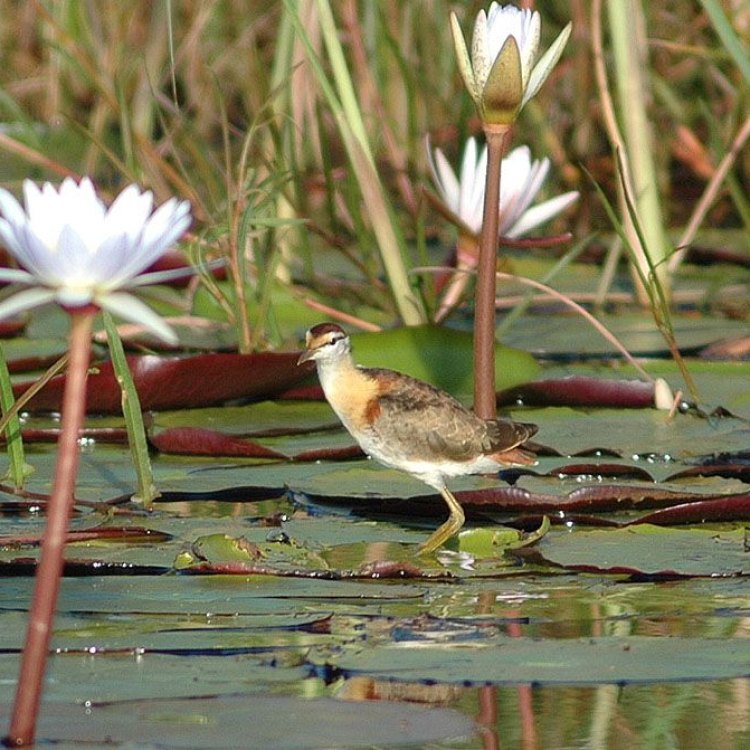
The Lesser Jacana: A Marvel of Adaptability and Grace
Disclaimer: The content provided is for informational purposes only. We cannot guarantee the accuracy of the information on this page 100%. All information provided here may change without prior notice.

